How to grow avocados – expert tips on growing these tropical trees
If you love the idea of growing your own homegrown fruits, here is all you need to know about cultivating an avocado


With this popular fruit getting even pricier in stores, it's worth finding out how to grow avocados, to provide you with a homegrown harvest.
Avocados have been grown for thousands of years. Loaded with essential vitamins, minerals and rare healthy fats, combined with a rich flavor and delicious creamy texture, avocados have skyrocketed to superfood stardom faster than you can say ‘guacamole’.
Discovering how to grow avocados means you could enjoy a fresh supply of fruits from your own yard or vegetable garden. And even if you don't live in a climate where it's possible to grow avocados outdoors, growing one to create a lovely tropical houseplant can be a fun project.
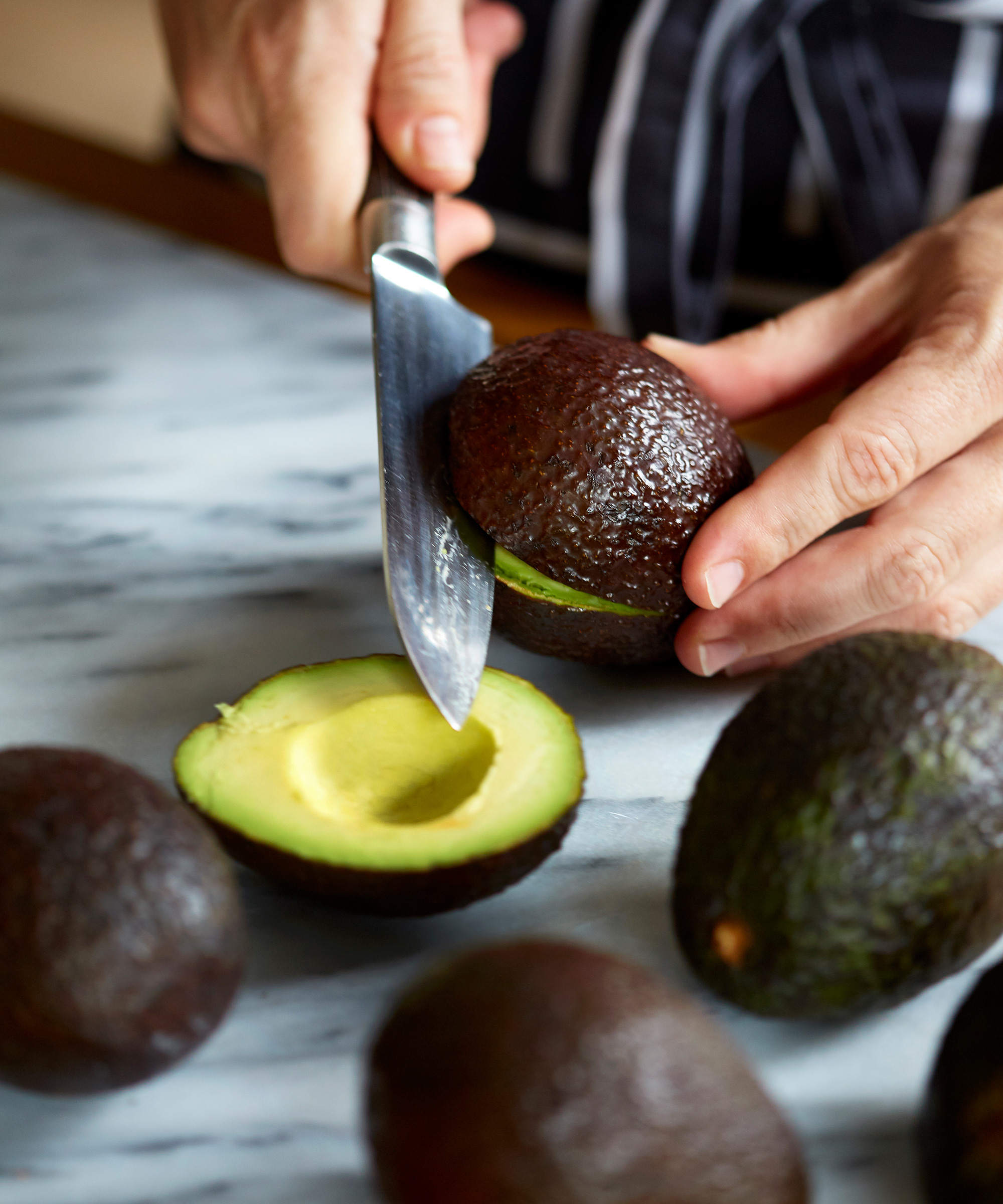
It's possible to grow an avocado plant from the pit of a store-bought avocado
Getting started with growing avocados
The avocado, Persea americana, is a tropical evergreen tree native to Central America. Warmth and moisture are key conditions if you want your avocado plants to thrive.
Whether you can grow an avocado successfully outdoors will very much depend on where you live, and what your goals are. If you live in warmer area, you might be dreaming of fresh homegrown guacamole by adding avocados to the fruit trees you grow in your backyard. Or if you're not blessed with long, hot summers, you may be looking to raise a leafy indoor plant from the stone of a store-bought fruit instead.
Whether you decide to grow an avocado from a seed, or buy a more established plant from a garden center, here is how to choose the right variety for your climate, and how to plant and care for your avocado tree.
The ideal growing conditions for avocados
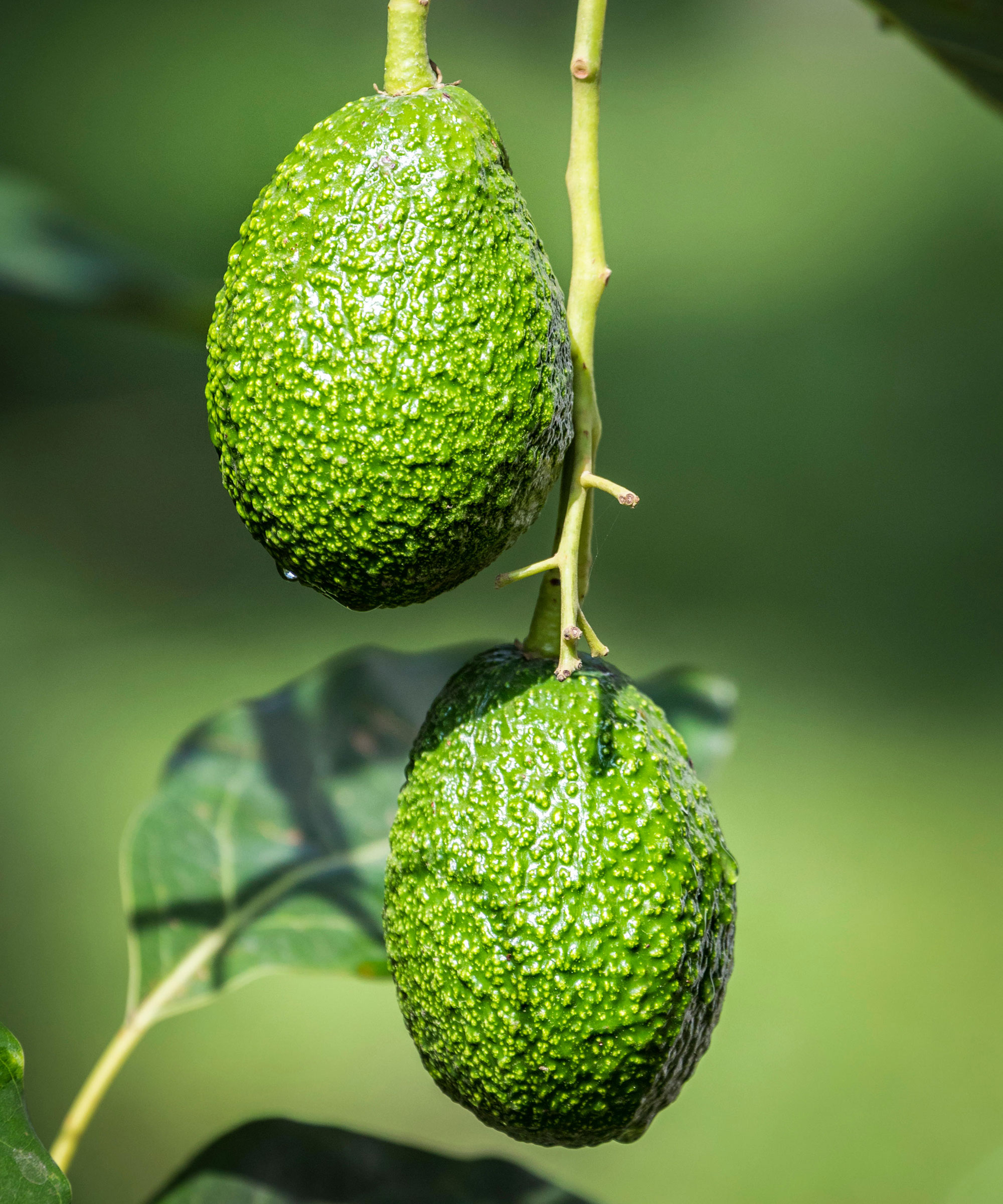
You'll need hot, dry summers if you want to grow avocados successfully outdoors
Growing avocados outdoors requires mild winters and long, warm summers without too much drought.
With the right variety and a suitably sheltered and sunny microclimate, growing avocados outdoors may be possible in southern and coastal regions of the US falling in US hardiness zone 8b or higher.
If you live in a cooler climate but you are lucky enough to have a heated greenhouse or glazed sun room, you may also be able to raise a fruiting avocado tree.
If it’s fruit you’re looking for, you may be disappointed by a plant you’ve grown from a pit stone.
Avocados do not ‘breed true from seed', explains Wayne Brydon, grower manager at California’s Del Rey Avocado Company. ‘The seed reverts to its native ancestry and will be unrecognizable to the grower,’ he explains. This may mean poor yields, poor quality fruit or even an infertile plant. ‘A homeowner should buy a tree that is already grafted on a rootstock,’ he advises.
For the best chance of harvesting your own avocados, it’s therefore recommended to buy a young tree from a nursery. This way you can choose a variety that’s best suited to your climate, and you will get a higher-quality plant that will likely be grafted onto a rootstock to improve vigor and disease resistance. It will also produce fruit much sooner.
You can buy avocado trees from Nature Hills and Monrovia.
Choosing an avocado tree variety
If you’re keen on raising an avocado tree so you can harvest fruit, choosing a suitable variety is critical to success. Avocados fall into three categories:
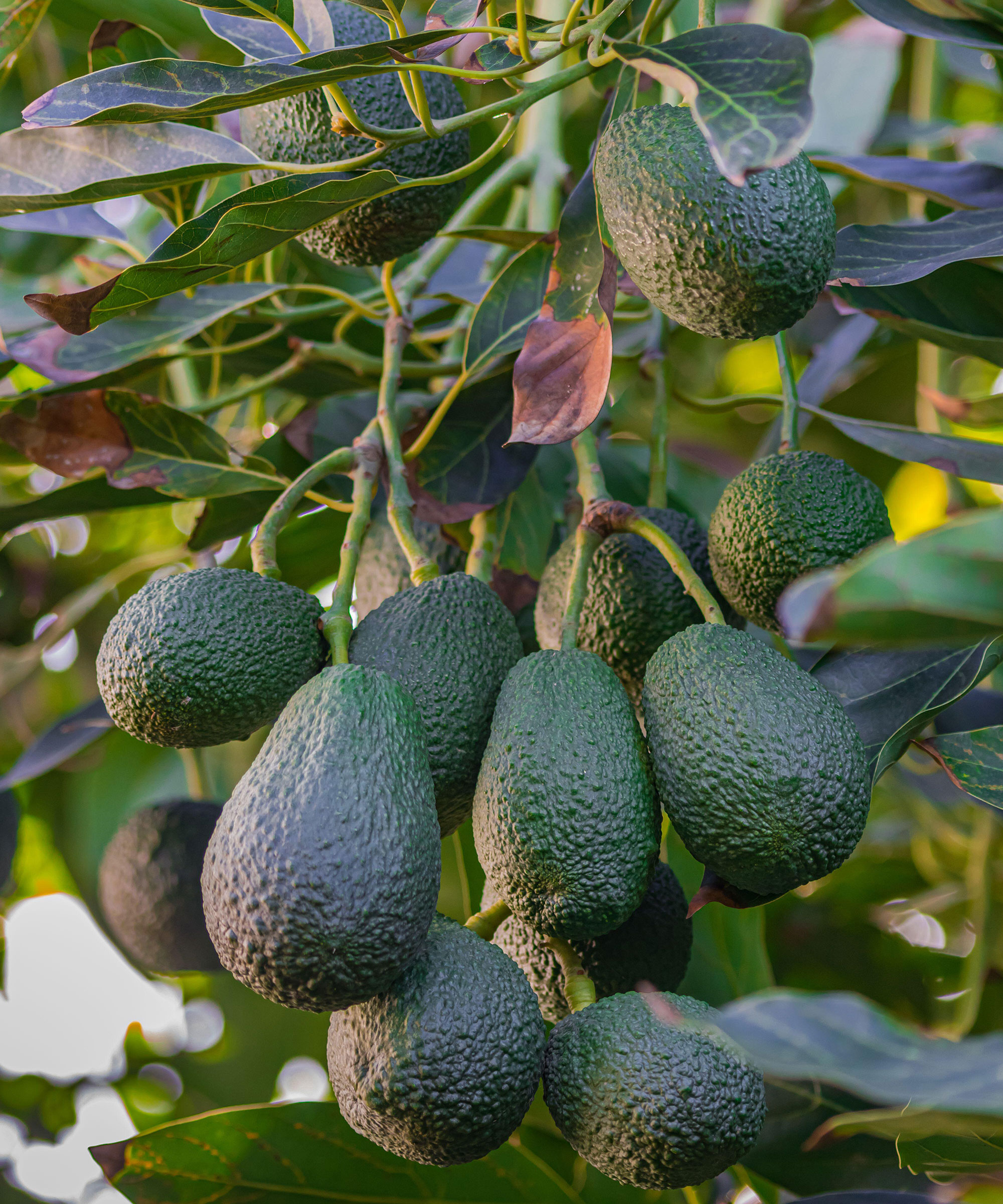
Hass avocado trees are an ideal variety for growing in a hot climate
- West Indian varieties are the most tropical and cold-sensitive, so successful growing in the USA is generally restricted to southern Florida.
- Guatemalan avocados, also frost-tender, are the mainstay of commercial growing and include the popular Hass variety, which accounts for 80 per cent of worldwide commercial avocado production. Hass avocado trees are available from Monrovia.
- Mexican varieties, such as Bacon (available from Nature Hills) and Fuerte (available from Monrovia), are the hardiest and therefore the most suited to growing in cooler regions.
Hass avocados need temperatures to remain above 30˚F, so can be a good choice if you live in USDA zones 10 or 11 in California, Florida or Southern Texas, or are growing in a heated glasshouse or conservatory.
If you live anywhere cooler, a Mexican variety will be your best bet. For instance, Bacon is hardy down to around 23˚F. You should be able to grow a Mexican avocado outdoors if you live in zones 8b or 9 and have a sheltered, sunny spot.
Growing avocados as a vegetable garden container idea can be a good choice as you can then control the growing conditions more easily.
How to plant an avocado tree

Avocados can make great container plants for a hot, sunny patio
The best time to plant an avocado tree is late spring after any risk of frost has passed. This gives the tree time to establish before the heat of summer.
When you're planning a kitchen garden, choose a sunny, sheltered location for your avocado tree, away from competing plants. Good drainage is essential, so if you’re on a clay soil, incorporate plenty of sand or grit into the planting area. You can also plant the tree on a small mound to improve drainage further.
The planting hole should be square and twice the width of the pot. After planting, backfill with soil, ensuring the soil surface reaches the same level on the trunk as it did in the pot. Add a deep layer of bark or leaf mulch to help prevent the shallow roots from drying out.
Care tips for avocado plants
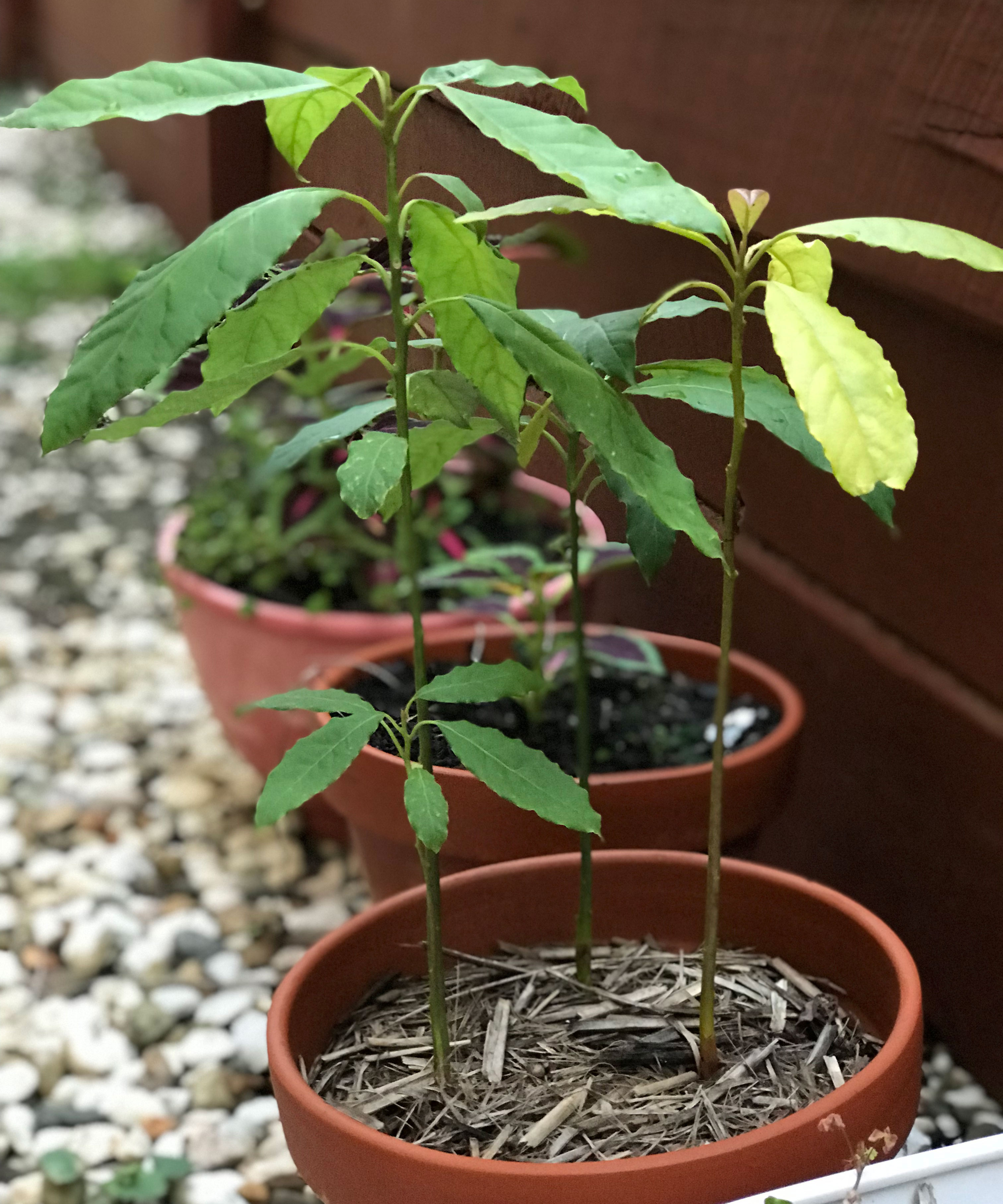
Avocado plants will grow well outside in a pot
Avocados are very easy to care for and require little maintenance other than watering and an occasional feed. Pruning is only required if you wish to restrict your tree to a certain size or shape.
Although avocados are a great addition to a tropical garden, it’s important not to get carried away with watering as they are very prone to root rot.
Don’t overwater your avocado tree. Avocados don’t like their feet wet – they like to be able to dry out between waterings with good drainage. Aim for infrequent, thorough watering once the soil has been allowed to dry out.
Hass avocados should not be allowed to experience frost. With the hardier Mexican varieties, such as Bacon, saplings should be protected from frost for their first couple of years after planting, while they build tolerance.
Growing an avocado plant as a houseplant

Avocados will make an attractive houseplant once established
Avocado plants make great houseplants in any climate, with lush, glossy deep green leaves. They don’t usually flower or produce fruit in the home, but still form attractive plants that give a calm, tropical feel to any room.
They will be happiest in a warm, sunny spot in the house, ideally in a relatively humid room, so they make good bathroom plants or can be used as a kitchen plant too. They will also enjoy having their leaves misted to increase humidity.
Once they are well established, houseplant avocados can be moved outside during the summer months as part of your container gardening ideas. However, the bark of young avocado saplings is prone to sunburn when no longer shielded by glass, so choose a sheltered spot in dappled shade.
Avocados grown indoors will also benefit from a fortnightly feed with a universal houseplant feed, such as Miracle Gro indoor plant food from Amazon.
FAQs
How long does it take for an avocado tree to bear fruit?
Nursery-bought trees will begin fruiting much sooner than those raised from seed. It takes roughly 10-15 years for an avocado to bear fruit if you grow it from a seed. From a plant, it takes around 3-4 years with most varieties.
Can you grow an avocado tree from a store-bought avocado?
Yes you can grow an avocado tree from a store-bought avocado, and it’s a fun, easy project to try. However, this is only recommended if it’s a decorative plant you’re after and not a productive one. An avocado seedling grown from a pit will take at least ten years to produce fruit, if at all. Fruit quality will also be low as avocados do not breed true, and the plant will be frost tender as the parent is likely to be the Hass variety that only grows outdoors in the warmest parts of the US. If you seek a fruiting tree, it is recommended to buy a sapling from a specialist nursery.
Sign up to the Homes & Gardens newsletter
Design expertise in your inbox – from inspiring decorating ideas and beautiful celebrity homes to practical gardening advice and shopping round-ups.

After studying Plant Sciences at Oxford University, Olivia trained as a professional horticulturist. She has been lucky enough to work in public and botanic gardens all around the UK. Her work has even taken her across Europe, from helping to curate a botanic garden in the Swiss Alps, to studying the native flora of Tenerife. Now a full-time writer, she enjoys nothing more than sharing her love of plants and gardens with others.
-
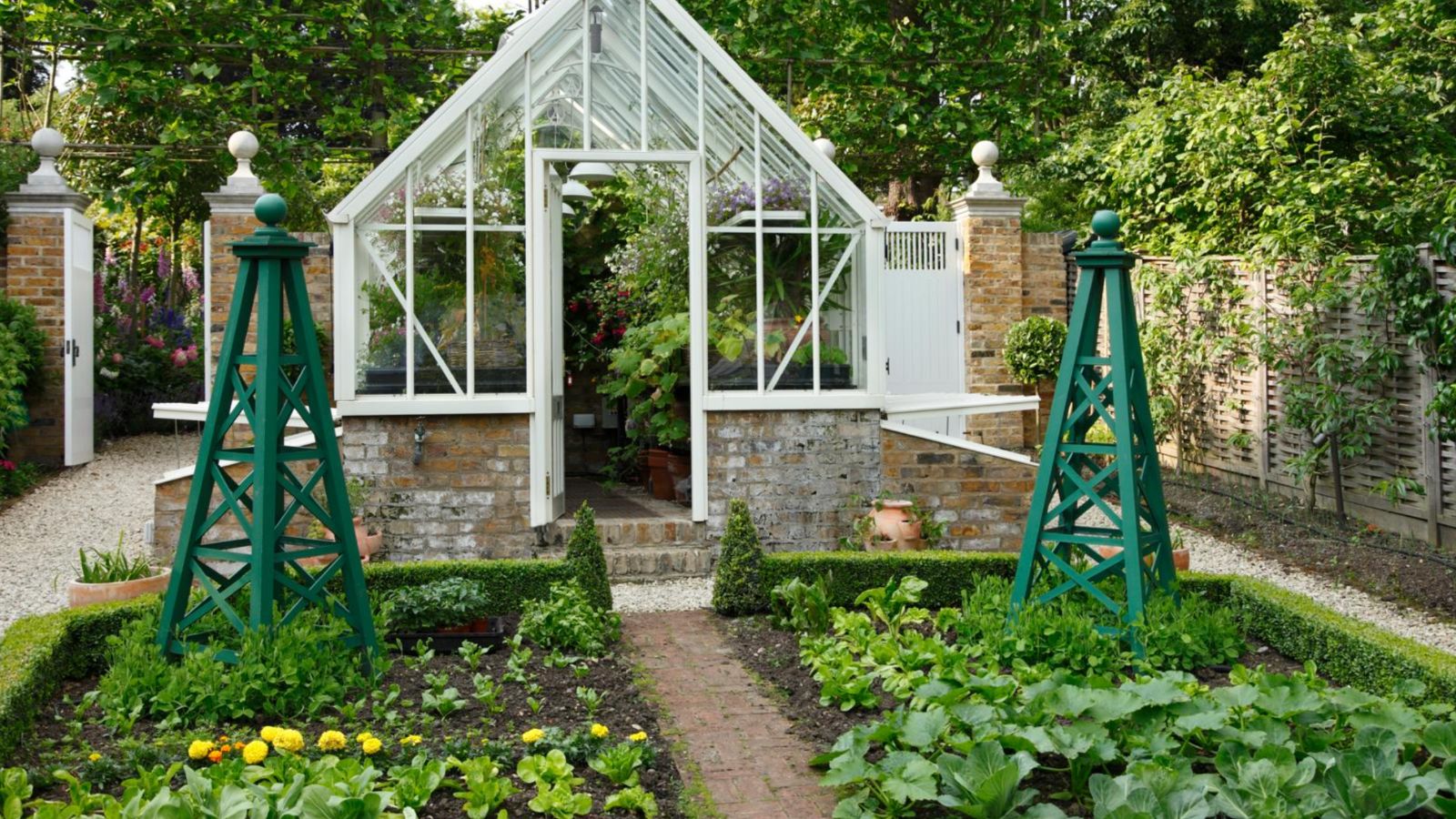 The long-awaited ALDI $40 raised bed garden planter is finally back, and it is perfect for small gardens and apartments
The long-awaited ALDI $40 raised bed garden planter is finally back, and it is perfect for small gardens and apartmentsThis highly-rated wooden planter sells out every year, so be fast
By Jennifer Ebert Published
-
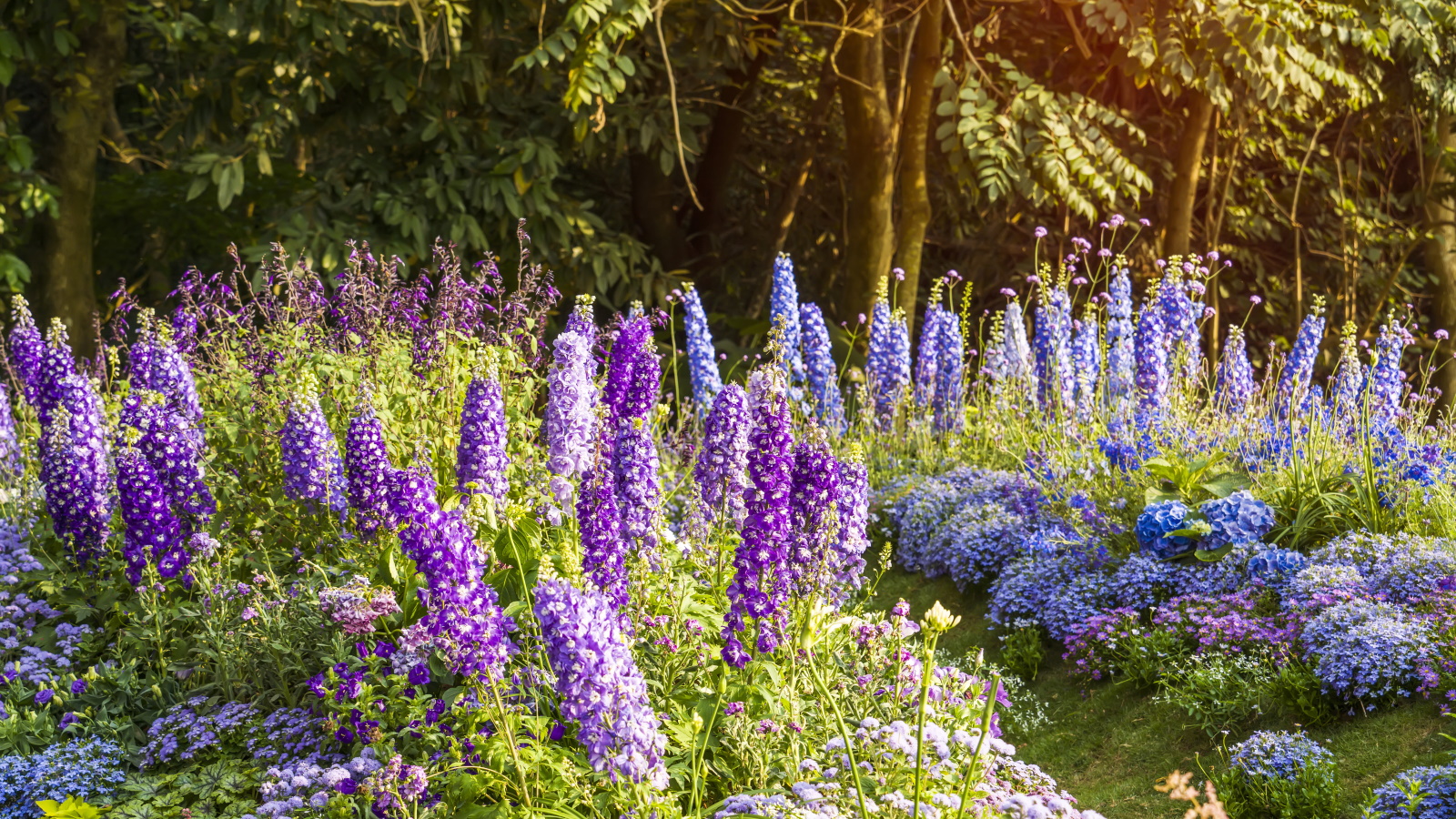 Best types of delphiniums – 14 stunning varieties for vibrant flower spikes in your yard
Best types of delphiniums – 14 stunning varieties for vibrant flower spikes in your yardPlants Here are our top types of delphiniums for brightening summer borders
By Holly Crossley Published